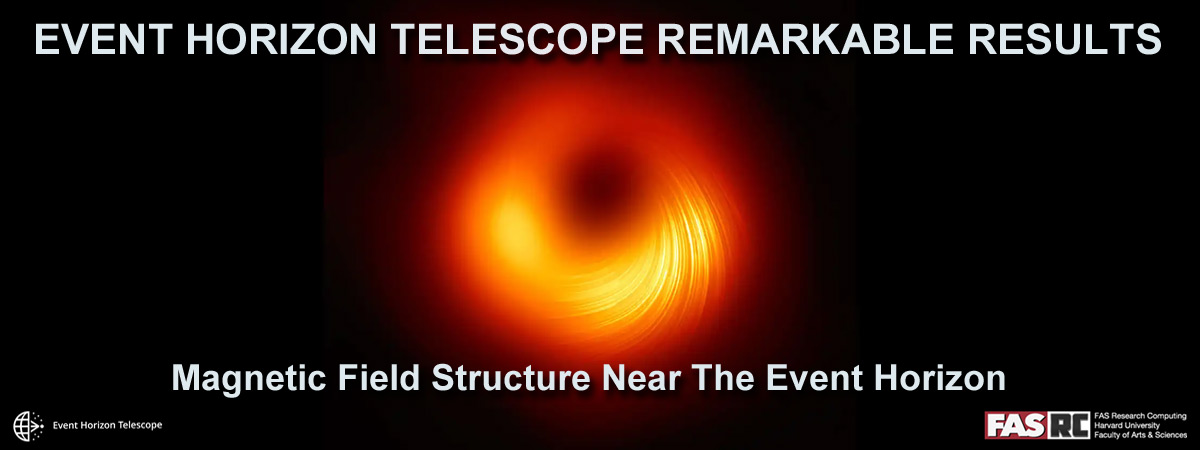
Phoebe M. R. DeVries, Fernanda Viégas, Martin Wattenberg & Brendan J. Meade
"Aftershocks are a response to changes in stress generated by large earthquakes and represent the most common observations of the triggering of earthquakes. The maximum magnitude of aftershocks and their temporal decay are well described by empirical laws (such as Bath’s law and Omori’s law), but explaining and forecasting the spatial distribution of aftershocks is more difficult. Coulomb failure stress change is perhaps the most widely used criterion to explain the spatial distributions of aftershocks, but its applicability has been disputed. Here we use a deep-learning approach to identify a static-stress-based criterion that forecasts aftershock locations without prior assumptions about fault orientation. We show that a neural network trained on more than 131,000 mainshock–aftershock pairs can predict the locations of aftershocks in an independent test dataset of more than 30,000 mainshock–aftershock pairs more accurately (area under curve of 0.849) than can classic Coulomb failure stress change (area under curve of 0.583). We find that the learned aftershock pattern is physically interpretable: the maximum change in shear stress, the von Mises yield criterion (a scaled version of the second invariant of the deviatoric stress-change tensor) and the sum of the absolute values of the independent components of the stress-change tensor each explain more than 98 per cent of the variance in the neural-network prediction. This machine-learning-driven insight provides improved forecasts of aftershock locations and identifies physical quantities that may control earthquake triggering during the most active part of the seismic cycle."






